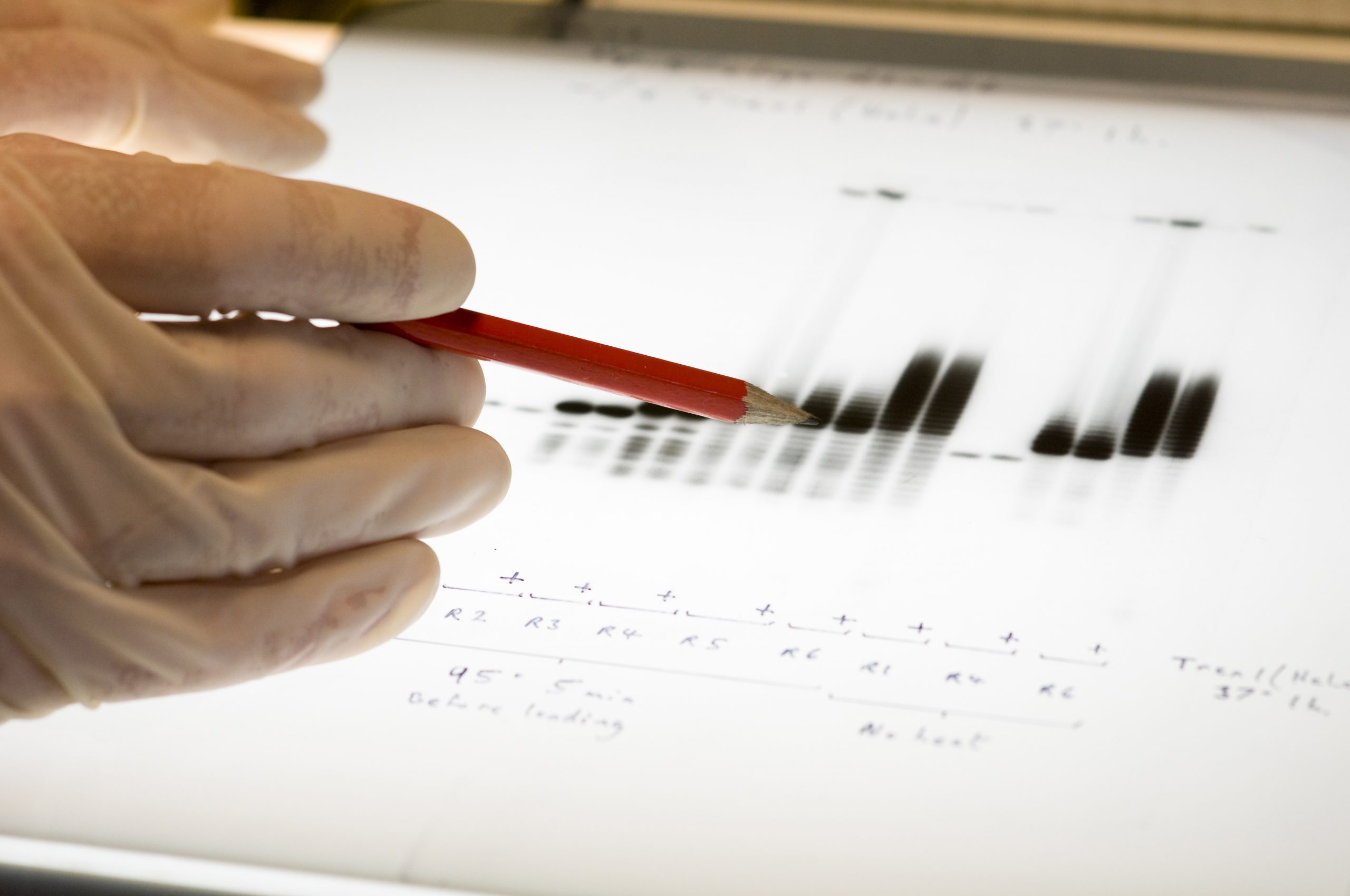A new therapeutic perspective maybe opens for the patients with Parkinson’s disease. A gene triple therapy, established by teams of Bachir Jaraya and Stéphane Palfi, neurosurgeons at the Hospital Henri Mondor and CEA/Inserm researchers, allowed to 18 macaques with Parkinson’s disease to recover 80% of their motricity within 6 to 4 weeks. They published the results of their studies in the scientific journal Science Translational Medicine. The advantage was maintained during months (between 12 and 24 months according the life time of individuals) without observing side effects.
Producing dopamine continuously
This is what is particularly interesting insofar as the current reference treatment, the L Dopa, presents the major disadvantage to cause in the patient abnormal movements as disturbing as the disease symptoms. The L Dopa allows stimulating the dopamine production of the neurotransmitter. “In ill patients who take L Dopa, the abnormal movements are related to an irregular stimulation of the dopamine during the day. The solution to avoid them would be to obtain a continuous and local secretion of the neurotransmitter“, observes Dr Jaraya.
Thus the researchers had the idea to implant a mini-plant of dopamine composed of three genes in the animal brain. “Here the principle is not to replace the defective gene, but to supply the three genes required for producing dopamine“, explained Dr Bachir Jaraya.
Clinical trials in man started at Mondor Hospital: six patients test this encouraging triple therapy. “With more than one year of hindsight, no tolerance problems have been observed. All ill patients, with variable degrees, had an advantageous effect, but we are still searching the optimum dose“, specified Dr Stéphane Palfi.
Future perspectives…
The researchers plan to conduct, in the years to come, phase 2 clinical trials in 12 ill patients. The success of this therapy could open even more specialized therapies, with a wider cocktail of genes promoting both the dopamine synthesis and the neuroprotection.

